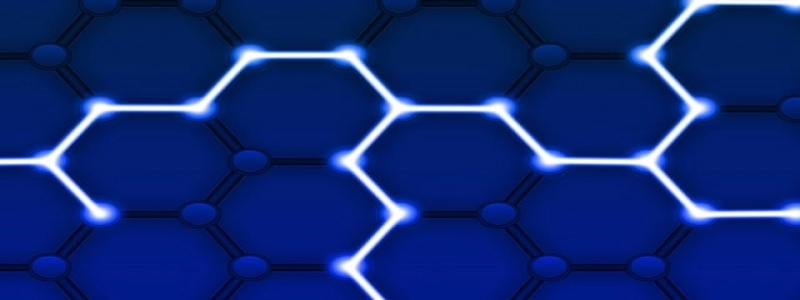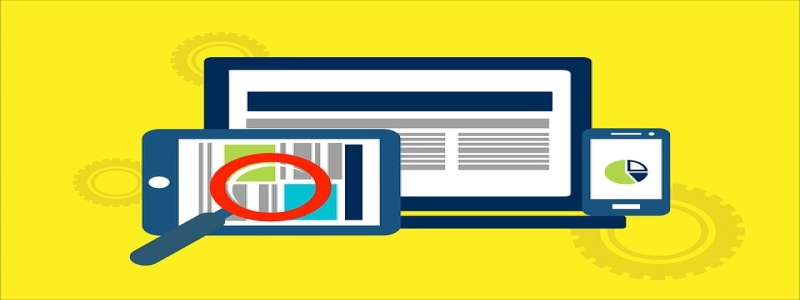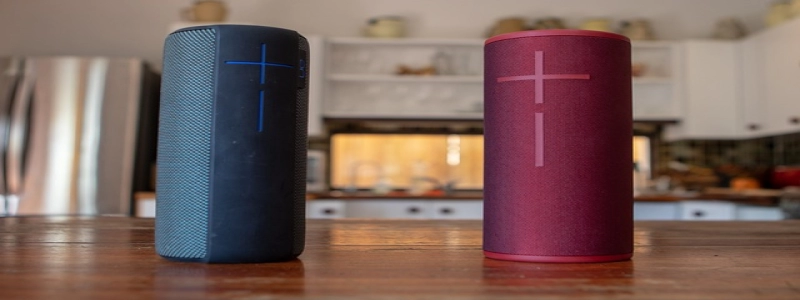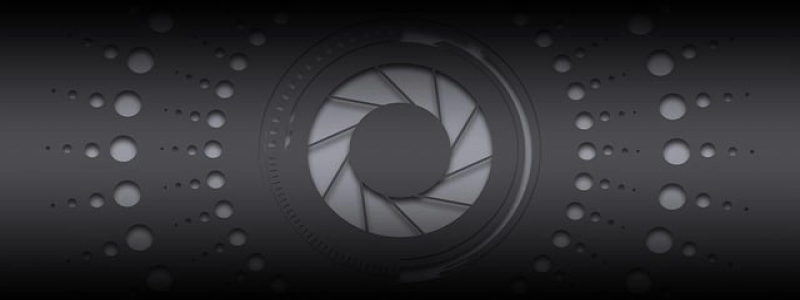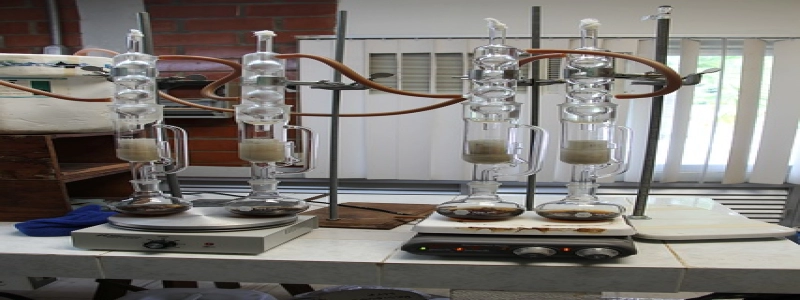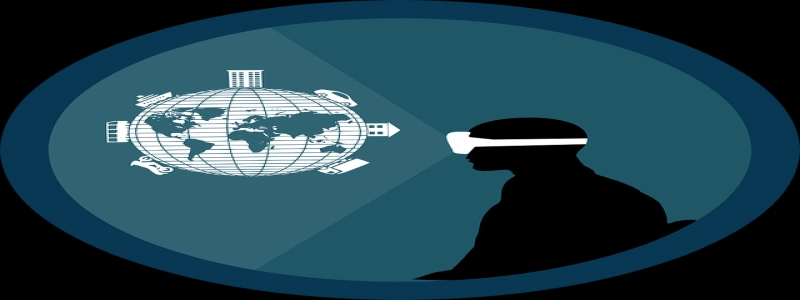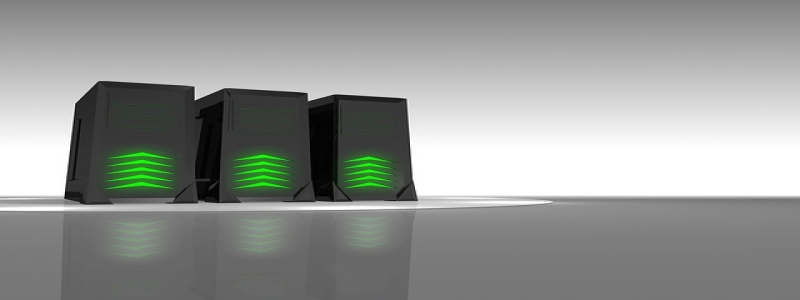Different Types of Ribbon Cable Connectors
I. Introduction
A. Definition of ribbon cable connectors
B. Importance in electronic devices
II. IDC Connectors
A. Definition and function
B. Features and advantages
C. Common uses in various industries
III. D-Sub Connectors
A. Definition and purpose
B. Features and advantages
C. Applications in computer systems
IV. Edge Connectors
A. Definition and functionality
B. Features and advantages
C. Usage in printed circuit boards (PCBs)
V. Molex Connectors
A. Definition and significance
B. Features and advantages
C. Application in power supply connections
VI. Conclusion
A. Importance of ribbon cable connectors in electronic systems
B. Diverse types for specific requirements
C. Continuous advancements in connector technology
I. Introduction
Ribbon cable connectors play a crucial role in the seamless functioning of electronic devices. They are designed to connect multiple conductors, usually arranged in parallel, in a compact and organized manner. These connectors are widely used in various industries, including telecommunications, aerospace, automotive, and manufacturing.
II. IDC Connectors
IDC (Insulation Displacement Connector) connectors are one of the most commonly used ribbon cable connectors. They feature a sharp metal conductor that punctures the insulation of each individual wire in the ribbon cable, establishing a reliable electrical connection. IDC connectors offer easy and quick assembly, making them popular in industries where efficiency is crucial, such as telecommunications and home appliances.
III. D-Sub Connectors
D-Sub connectors, also known as D-subminiature connectors, are widely used in computer systems. They have a trapezoidal-shaped metal shield surrounding the pins, providing robust protection against electromagnetic interference (EMI). D-Sub connectors are available in various sizes and pin configurations, catering to different requirements for data and signal transmission in computer hardware.
IV. Edge Connectors
Edge connectors are typically used in printed circuit boards (PCBs). They feature a series of metal contacts along one edge, which align and make contact with conductive traces on the PCB. Edge connectors are cost-effective and efficient for connecting ribbon cables to PCBs, making them a popular choice in consumer electronics and industrial applications.
V. Molex Connectors
Molex connectors are widely recognized for their reliability and durability. They are commonly used in power supply connections, especially in computer systems. Molex connectors have a unique latch system that ensures a secure connection, minimizing the risk of accidental disconnection, especially in applications where vibration or movement is involved.
VI. Conclusion
In conclusion, ribbon cable connectors are vital components in electronic systems, enabling the smooth and efficient transmission of data and power. The diverse types of ribbon cable connectors cater to specific requirements, ensuring optimal performance and durability in a wide range of applications. As technology advances, we can expect further innovations in the design and functionality of ribbon cable connectors, further enhancing their benefits in various industries.
